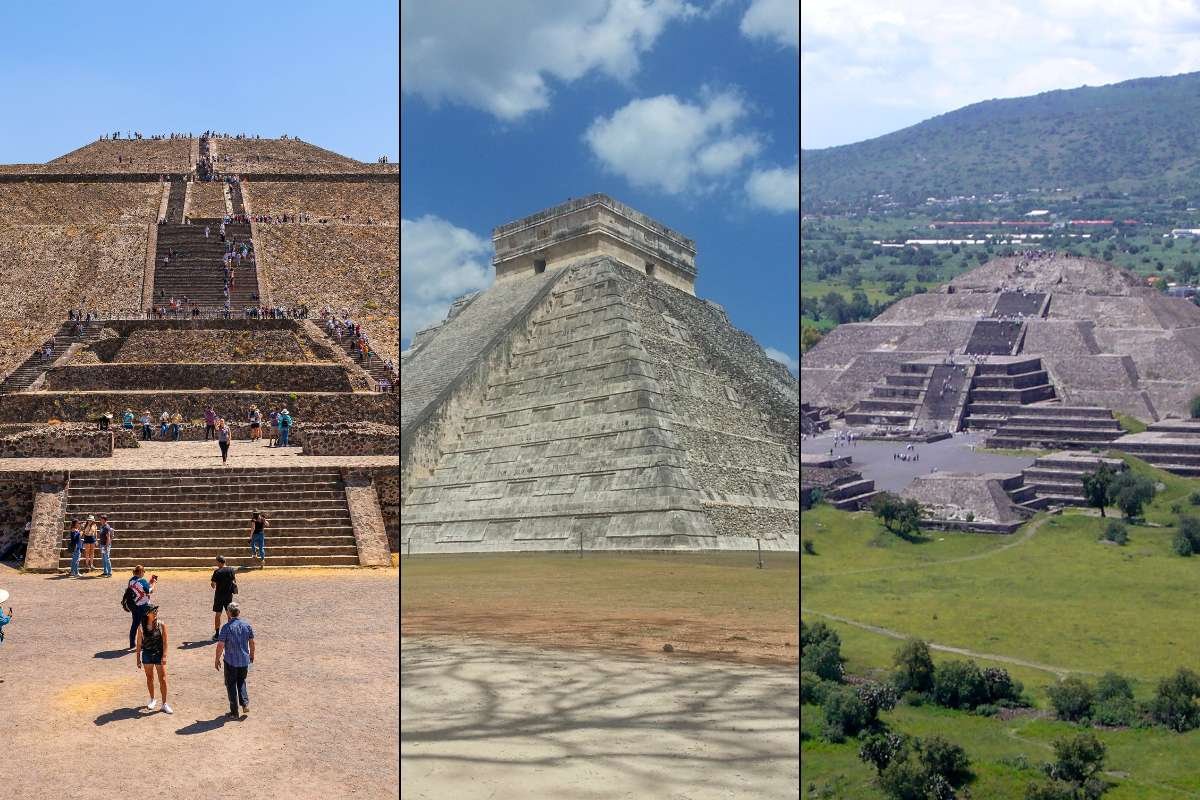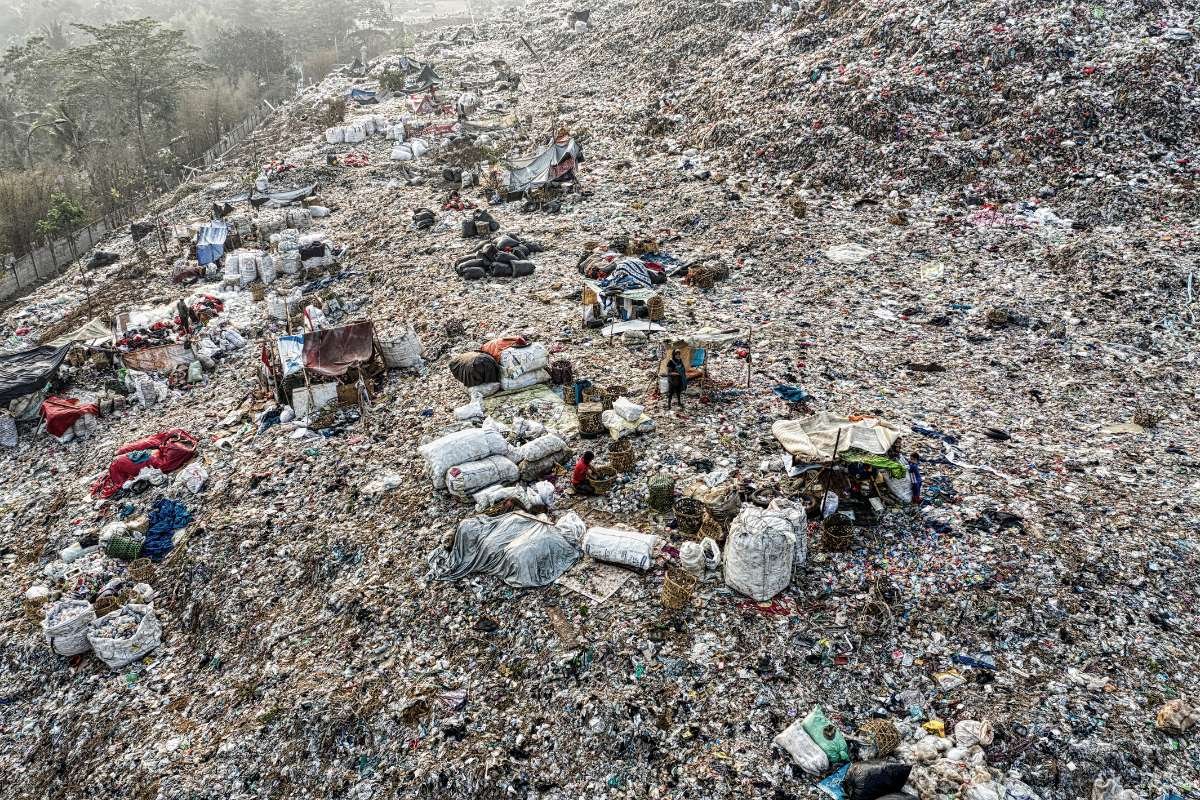The Philadelphia area in Pennsylvania experiences northeast winters. The city witnesses an average of 13 inches of snowfall annually. One fear during winter is increased weather-related injuries triggered by icy and hazardous conditions.
The most common forms of injuries include slip and fall accidents. Too much snow and black ice on sidewalks and in parking lots can lead to devastating injuries. Every homeowner is responsible for removing snow and ice from areas where falls and slips can happen to prevent any tragic occurrence.
Due to the general occurrence of slippery situations in winter, Pennsylvania has instituted a guideline to protect homeowners from undue and too much ice and snow accumulation. It is known as the “hills and ridges” doctrine.
Icy sidewalks lead to liability challenges for homeowners. Slippery surfaces often cause falls. Hence, properly removing snow and ice from pedestrian walkways is essential.
The law frowns at homeowners’ negligence in removing snow and ice from their property. So, if you suffer an injury from a slippery sidewalk on a homeowner’s property, seek medical attention immediately and contact your attorney because you may be entitled to some compensation. A reputable slip and fall attorney will ensure you receive fair compensation from the defendant.
To ensure a liability-free winter for homeowners and the safety of pedestrians, below is a summary of homeowners’ duties and Pennsylvania’s laws on removing snow and ice:
Pennsylvania Laws on Removing Snow and Ice
Unfortunately, many Philadelphia residents are ignorant of the city’s laws on snow removal from their property. A homeowner might suffer liability if they fail to remove ice and snow from a roadway or sidewalk in their property line. A person who slips on snow or ice while trekking on the sidewalk in front of a home can hold the property owner responsible for their injuries and medical bills.
The Philadelphia Code 10-72 mandates homeowners, agents, and building tenants to clear a sidewalk or roadway “not less than 36 inches in width” within six hours after a snowfall. The law also includes tenants. Hence, if you rent the home or business premises, a victim can still hold you responsible for promptly failing to remove the ice and snow.
Depending on the lease agreement with their landlord, it may be a tenant’s sole responsibility to remove ice and snow on a property. Thus, it is essential to understand the rental agreement before winter.

Understanding the Hills and Ridges Doctrine
The hills and ridges doctrine sometimes allows tenants and property owners to dodge liability during slip-and-fall accidents triggered by snowfall and icy situations.
The principle requires the injured person to prove the following before compensation:
- The victim fell due to excessively accumulated ice and snow
- Elevations or ridges in the sidewalk formed by ice or snow propelled by illogically hazardous travel conditions
- There was an actual notice to the homeowner or tenant of the dangerous situations
The Pennsylvania courts established the hills and ridges doctrine to encourage pedestrians to be cautious when walking on slippery paths after a winter storm because of the massive accumulation of ice and snow.
Unlike the general accumulation of ice and snow, the accident victim does not need to assert the hill and ridges doctrine when only a tiny patch of ice is present because the courts believe that a property owner does not require much effort to remove it, while it is almost impossible for a pedestrian to avoid it even when careful.
Therefore, a victim of a slip-and-fall accident may receive compensation based on the details of the situation, such as if they can prove the incident happened on an isolated patch of ice, for example.
End Note
Homeowners in Pennsylvania have a legal responsibility for removing snow and ice from their properties to ensure pedestrian safety. Understanding the state laws, as well as the hills and ridges doctrine, is crucial for both homeowners and tenants. By taking proactive measures, property owners can reduce liability risks and prevent accidents during the winter months.
Visit The Enterprise World for the most recent information.


















